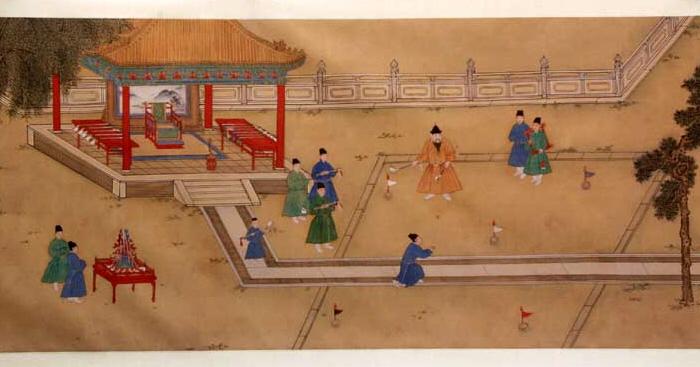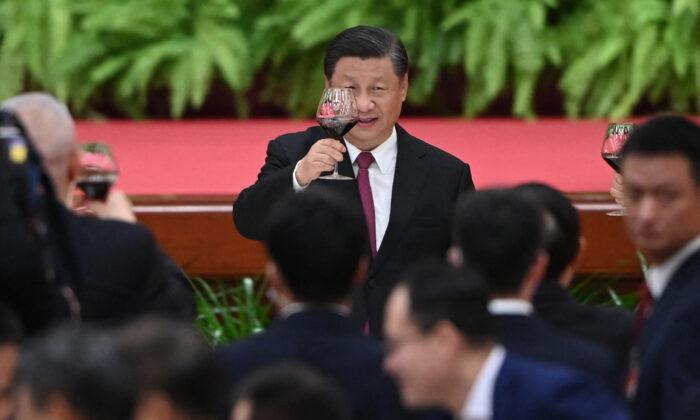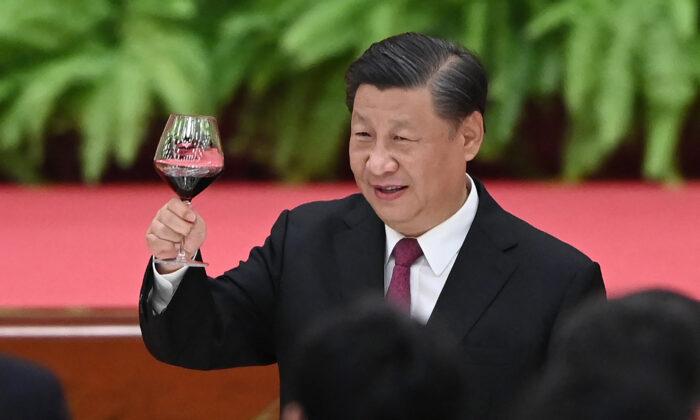Conventional knowledge puts the origin of golf in 15th century Scotland. But who were the ones to first come up with this calm, focused, and scenic sport? Looking at ancient Chinese texts and paintings unravels the history of an activity that evolved over hundreds of years and which shares uncanny similarities to the Western pastime.
In the Tang Dynasty (618–907 A.D.), Chinese sportsmen played a strenuous racing game in which competitors rode horses while dribbling balls across an arena a hundred times the size of a modern soccer field.
The sport could only be mastered by the most capable athletes and was eventually simplified to be played on foot. This was especially helpful for court ladies, and their participation in what became known as “chuiwan” or “strike the ball” helped dramatically to popularize it in later eras.
Players used up to ten clubs to strike wooden balls of different sizes. Holes were laid out on courses of varying difficulty.
Artwork depicting Chuiwan can be found as late as the Ming Dynasty (1368–1644). Court painter Shang Xi depicted the Ming emperor Xuanzong playing the sport, while Du Jin painted a scene of “Beautiful Ladies Playing Chuiwan.”
Initially, Chuiwan was played in a manner more similar to soccer, wherein players of opposing teams tried to hit the balls into small holes on the field. As the centuries went by, Chuiwan developed into a more golf-like sport, as detailed in the historical record called “Wan Jing,” or “A Treatise on Ball Games:”
“The terrain is plain, raised, sunken, hilly, upward, obstructive, impeding. ... The plain part should not be missed; the raised part should be made use of; the sunken part is accessible; the hilly part should be approached slowly; the impeding part should be dealt with skillfully; the upward part should be avoided … With holes dug in the field, colorful flags were erected.”
Chuiwan really came into its own during the Song Dynasty (960–1279), and was given the name in the later Jin and Yuan dynasties. It was immensely popular during these times and was played by both Chinese and nomadic emperors. Notably, the “Wan Jing” was the first book written in the Yuan Dynasty, when China was ruled by the Mongolian Khans.
The “Wan Jing” describes Chuiwan as a sport that, like modern golf, not only emphasized performance but also included a well-developed system of etiquette ultimately for the cultivation of ethical virtues. Contestants were required to maintain sportsmanlike behavior and speech and to show respect for the elderly.
Unlike its Scottish cousin, Chuiwan did not make it to the modern day. The sport’s popularity declined during the Ming Dynasty, allegedly because of the emperor’s weakened interest and physical vitality rather than for a want of open space to play. After the Manchurian tribes conquered China and established the Qing Dynasty (1644–1911), the new imperial rulers took to popularizing their own traditions, such as hunting, wrestling, and ice-skating.





Friends Read Free